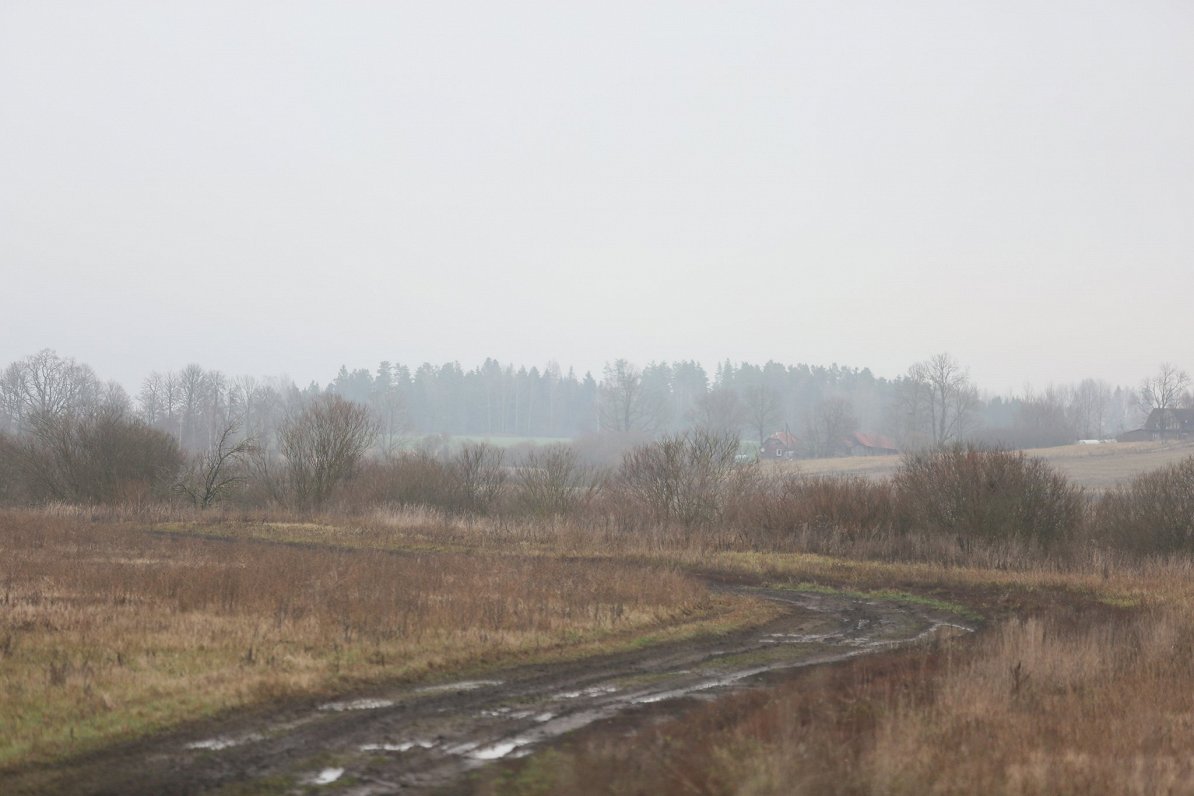The calendar autumn this year was 2.5 degrees warmer than normal. The warmest autumns in the last 100 years were in 1934 and 2020 when the average temperature was +9.7 and +9.9 degrees respectively.
The lowest air temperature in the LVGMC observation network this autumn was -7.0 degrees on November 22 and 24 in Staļģene, while the highest – up to +30.0 C – was recorded on September 4 in Bauska.
Autumn started with the warmest September on record. With an average temperature of +16.1 degrees, it was 3.8 degrees warmer than the monthly norm and 0.3 degrees ahead of the record for the warmest September set a year earlier.
The beginning of October was the only period in autumn when air temperatures were below normal for several days in a row. In the third decade of October, air temperatures climbed 4.4 degrees above the long-term average and the month as a whole was 1.6 degrees warmer than normal with an average air temperature of +8.4 degrees.
In November, daily average temperatures were mostly warmer than normal and November was two degrees warmer than normal with an average temperature of +4.2 degrees.
The average rainfall in autumn in Latvia was 139.2 millimeters, or 71% of normal. Daugavpils had the lowest precipitation of 78.1 millimeters, while Ainaži had the heaviest autumn with 211.7 millimeters of rain and snow.
All autumn months were drier than normal, with the lowest precipitation of 34.2 millimeters, or 46% of the monthly norm, in October.
The first snow cover this autumn was recorded at observation stations in mid-November in Latgale, and a few days later snow also formed in other parts of Latvia. In Ainaži and Rūjiena, the snow depth reached 15 centimeters, in Pāvilosta – 16 centimeters. The snow melted in the last week of the month.
Select text and press Ctrl+Enter to send a suggested correction to the editor
Select text and press Report a mistake to send a suggested correction to the editor
Tell us about a mistake
